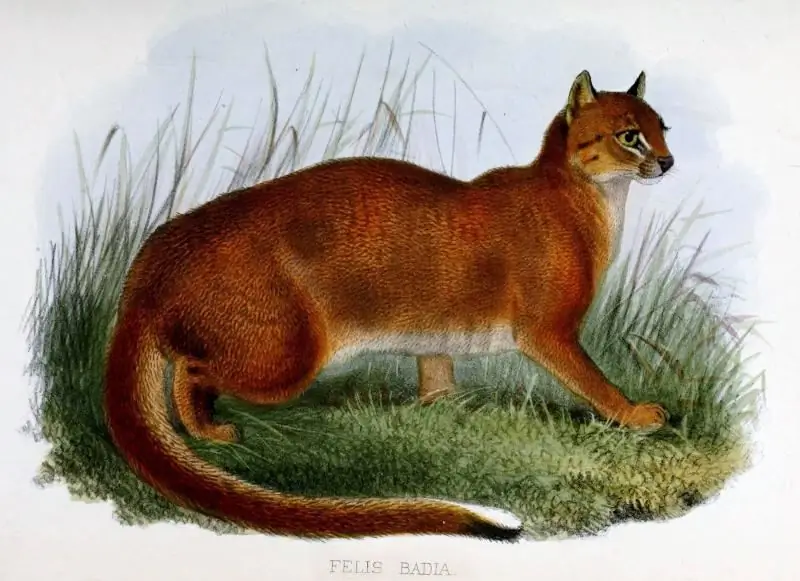
Table of contents:
- Author Bailey Albertson [email protected].
- Public 2024-01-17 22:26.
- Last modified 2025-01-23 12:41.
Kalimantan cat, or the secret of the island of Borneo

A Kalimantan cat, or a cat from the island of Borneo, is almost impossible to meet in nature, to see in zoos. Even photos of this beast are few. For a long time it was believed that this species no longer exists, but it turned out that this is not so - the mysterious cat of the island of Borneo is still sometimes found in the wild.
Content
-
1 External distinctive features of the Kalimantan cat
1.1 Photo Gallery: Borneo Cats
-
2 Kalimantan cat in the wild
- 2.1 Video: data on the Kalimantan cat obtained from the camera-trap
- 2.2 Where does the animal live
- 2.3 What does Kalimantan cat eat
- 2.4 Reproduction
- 2.5 Threats to which the animal is exposed
-
3 Kalimantan cat in captivity
- 3.1 Keeping Kalimantan cat in zoos
- 3.2 Animals in the conditions of reserves and natural parks
- 3.3 Video: Kalimantan cat in captivity
External distinctive features of the Kalimantan cat
Kalimantan cat (Catopuma badia), or Borneo cat (cat of the island of Borneo, jellied cat (from English bay - bay), Bornean red cat - red cat of Borneo), is a predator of the class of mammals of the feline family (Felidae), subfamily small cats (Felinae), genus Catopuma (Catopuma badia).

Borneo is located in the center of the Malay Archipelago in Southeast Asia
Most of the data has been collected about the appearance of the animal. The Kalimantan cat is a small animal, comparable in size to its domestic cousin. The body length of the animal is about 60 cm, weight is from 2.5 to 4.5 kg. A distinctive feature is a rather long tail (40 cm), which is 70% of the cat's body length.

There are two varieties of color: gray (gray form) and red (red form)
The color of the Kalimantan cat is a variation of red, there were also gray cats, but very few of them were seen.
The animal is evenly colored, but on the belly, chest and under the muzzle (on the chin), the cat has a lighter coat, it can even be almost white. The hair on the cheeks has two dull brown stripes. There are small black spots on the legs, back, abdomen. On the face of the Kalimantan cat there are special marks - light brown dots on both sides of the mouth and on the upper eyelids on the inside. On the back of the head, dark stripes of wool form a pattern reminiscent of the letter "M", and the hair on the upper part of the head is of a dark gray-brown color. The ears of a Kalimantan cat are deep brown on the outside, and much lighter inside, closer to beige. The tail tapers towards the end. On the underside, from the middle to the tip, it is white. There is a small black speck at the tip.
The shape of the head of the Kalimantan cat is round, the muzzle has an elongated shape. The eyes are large, bright, expressive, round in shape, gray-green in color. The ears are small, round, set on the side. Their outer side is covered with brown wool of a dark shade, and the inner one is light shade. The ears have brown edging.
The Kalimantan cat, like most of its relatives, can meow, but the sound is specific - its voice is hoarse.
Photo gallery: Borneo cats
-

Kalimantan gray cat - Gray Kalimantan cat camouflages well among rocky terrain
-

Redhead - The red color of the Kalimantan cat is in perfect harmony with the reddish tint of the earth
-

Cat in captivity -
Kalimantan cat is a very rare inhabitant of zoos
-

Kalimantan cat hisses - Kalimantan cat can put up a violent resistance
Kalimantan cat in the wild
The Kalimantan cat is very rare in the wild. Everything we know about her has been compiled from the few facts that have been established over the years.
In 1874, John Edward Gray first characterized this animal based on materials (skins and skulls of a slain cat) obtained by Alfred Russell Wallace in Kalimantan in 1856. Despite the fact that for many years after the first meeting with a cat there was still research, we now know practically nothing new about the life of these mysterious and beautiful animals. The cat diligently hides from people.
For many decades, scientists have studied the mysterious cat from the island of Borneo only from the individual skins and parts of the skeleton at their disposal. Researchers even believed that the Borneo cat was an extinct species. And only in 1992, scientists were lucky, they managed to conduct observations and study a live individual of this species.
Despite its beauty, the Kalimantan cat has an extremely ferocious character. Hunters note that the cat always gives a fierce rebuff, but the first one does not attack people and tries not to meet them at all. The Kalimantan cat prefers to live alone, she is very secretive, shows the main activity at night. During the day, he chooses sheltered secluded places of dense tropical jungle for rest, where even trap cameras are quite difficult to place.
Video: data on the Kalimantan cat obtained from a camera trap
youtube.com/watch?v=0E5V3tnBhE4
Where does the animal live
The Kalimantan (Borneo) cat lives in the wild only on the island of Kalimantan (Borneo). Many millennia ago, it was separated from the island of Sumatra and nearby islands as a result of the movement of the earth's crust. Kalimantan cat is its endemic.
At the first meeting with the Kalimantan cat, they thought that it was an island species of the Asian golden cat, only smaller. In 1992, it became possible to conduct a genetic analysis of material taken from the body of a caught cat. He proved that the Kalimantan cat is a unique species.
According to scientists and researchers, not so long ago, the jellied cat was distributed throughout the entire island of Kalimantan. At present, it was possible to notice it only in the north of the island, in the territory of Malaysia and Indonesia. In the part belonging to Brunei, this animal is no longer found.

The largest number of traces left by the Kalimantan cat on the territory of Indonesia
The cat of the island of Borneo lives in dense forest areas, choosing impenetrable tropical thickets. Also, traces of her stay were noted in the swampy, inaccessible places of the island. Observations were also received about the appearance of the Kalimantan cat near rivers, although local fishermen often hunt there.
The Kalimantan cat is a good poison dart frog. The long tail and body are ideal for climbing and confirm the fact that a cat lives in the trees. It is also known that the jellied cat also lives in mountainous areas, traces of its stay were found at an altitude of 500 meters. There are very few observations of the Kalimantan cat; researchers rarely managed to see it. The recorded data are often based on local stories. Unfortunately, this information cannot always be considered reliable.
What does Kalimantan cat eat?
The Borneo cat is a predator, and not particularly picky about food. She catches and eats birds, mice and other representatives of the order of rodents, hunts amphibians, reptiles and even insects, but is also able to catch a small monkey. If you are unlucky on the hunt, then you can dine with carrion.

This brave and determined beast is able to hunt quite successfully.
Reproduction
Unfortunately, there are practically no reliable data on the reproduction of the Kalimantan cat both in captivity and in freedom. The researchers suggest that the mating period for these animals occurs once a year and falls in the winter-spring period, and the gestation time for kittens lasts longer than for other species of the small cat family (75 days, while in other representatives of small cats pregnancy lasts from 58 up to 72 days). Unfortunately, there is no data on the number of kittens in the litter. It is not known how long babies need maternal care. There is no data on the lifespan of the Kalimantan cat.
Threats to which the animal is exposed
Since 2002, the Kalimantan cat has been included in the international Red Book. It is classified as an endangered species. The cat is listed in Appendix II to the Convention on International Trade in Endangered Species, all commercial international trade in this animal must be stopped.
The number of the Kalimantan cat largely depends on the safety of its habitat. In Kalimantan, palm oil is mined on an industrial scale, as a result of which huge areas of the rainforest are destroyed. Fires in peat bogs also contribute to their reduction. Due to the loss of their habitat, Kalimantan cats are now on the verge of extinction.

Forest area reduction in Kalimantan is happening at an alarming rate
Kalimantan cat in captivity
Hunting and keeping Kalimantan cats in captivity is prohibited and punishable by law in many countries. Trade in babies of this animal is also unacceptable. But despite the existence of legal protection, poachers have not been stopped.
The Borneo cat is highly regarded in the rare animal market. Having such a beast at home is fashionable and prestigious; locals are happy to please the aspirations of rich people. Kalimantan cats are caught without mercy by barbaric methods and sold. The cost of a kitten on the black market reaches 10 thousand dollars.
The Kalimantan cat is not intended to be kept at home. This is a very aggressive and freedom-loving animal that does not tolerate captivity.
Due to the very high danger of extinction of this species, researchers agree that without the start of reproduction of the Kalimantan cat in captivity, the population of these animals cannot be preserved. Creating safe conditions in special reserves and natural parks will help preserve the mysterious cat of the Borneo island.
Keeping a Kalimantan cat in zoos
In zoos, small cats are usually kept in enclosures or cages. Such existence does not increase the lifespan of animals, nor does it promote reproduction. Many representatives of small wild cats, for example, Pallas' cat, do not breed in the zoo. It has not yet been possible to get offspring of the Kalimantan cat in captivity.
Cages and cages for wild cats are trying to be large. The floor in the cages is made of wood, in aviaries, as a rule, of concrete. Sometimes in outdoor enclosures, concrete is covered with a layer of earth or sand. Grass is sown into the ground to approximate natural conditions, so that cats have contact with the ground.
Cats of the Asian region, such as Kalimantan cats, are kept in a warm aviary with an average air temperature of about +25 o C. in the cold season.
Small cats in cages and aviaries are advised to build a kind of tree branches. To do this, you can make shelves at different heights, place logs in the enclosures. If the area of the enclosure allows, then wooden or stone elevations can be made like mountain ledges at the back wall. All these actions are aimed at approximating the conditions of detention to those of the wild.
The main food for felines in captivity is beef, but live food is also needed, and not only meat, but also wool, internal organs, feathers. Therefore, the diet must necessarily include rabbits, rodents, chickens, quails.
Indicators of good cat health are:
- shiny, smooth coat;
- average body condition of the animal;
- wet nose;
- confident (without limp) movement around the enclosure;
- good appetite (the cat immediately eats the entire offered portion of food).
Animals in nature reserves and natural parks
If animals are kept behind bars in a zoo, then reserves and natural parks are huge areas of protected land, where hunting and economic activities are prohibited. In fact, this is not captivity, but the preservation of the natural and animal world in natural conditions. There are hiking trails in such reserves, but they are strictly defined, and movement along them takes place under the control of special services.
Video: Kalimantan cat in captivity
Kalimantan cat is a rare, very beautiful, but, unfortunately, endangered species. We can also contribute to its conservation if we do not encourage poachers, because as long as there is a demand for rare animals, they will be mercilessly caught and sold.
Recommended:
Jungle (bog) Cat: A Description Of The Appearance, Character, Lifestyle, Photo Of The Cat
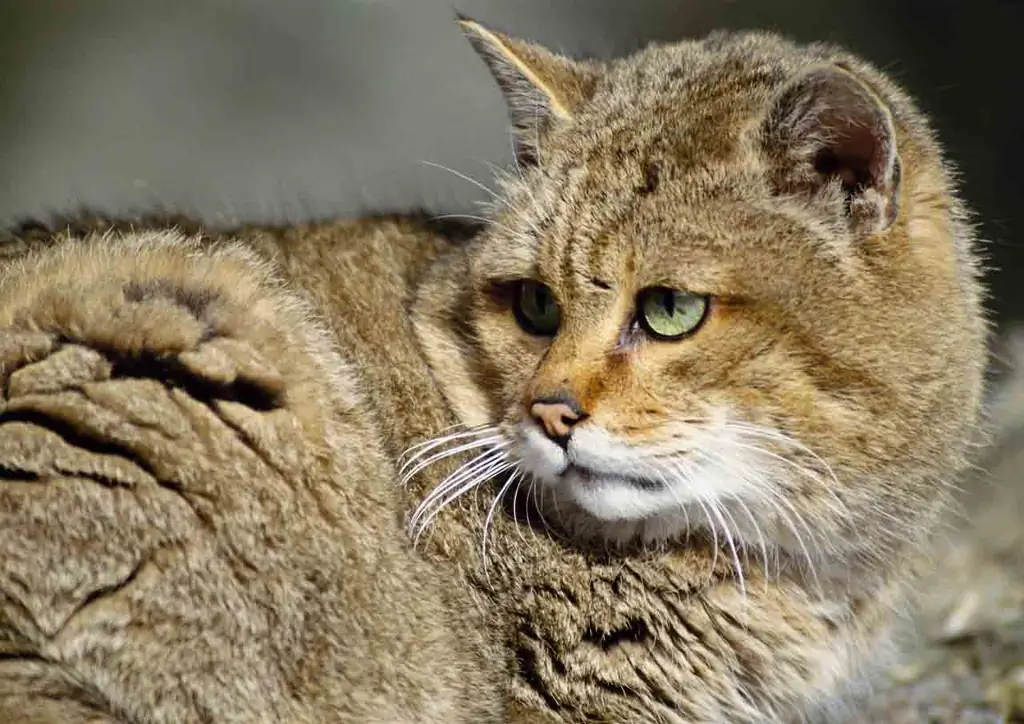
The history of the jungle cat, habitat. Its appearance. Temperament, behavior, feeding, breeding in the wild and in captivity. How to get a cat. Reviews
Pallas' Cat: Lifestyle Of A Cat, Habitat, Keeping In Captivity, Photo, Is It Possible To Tame A Wild Kitten
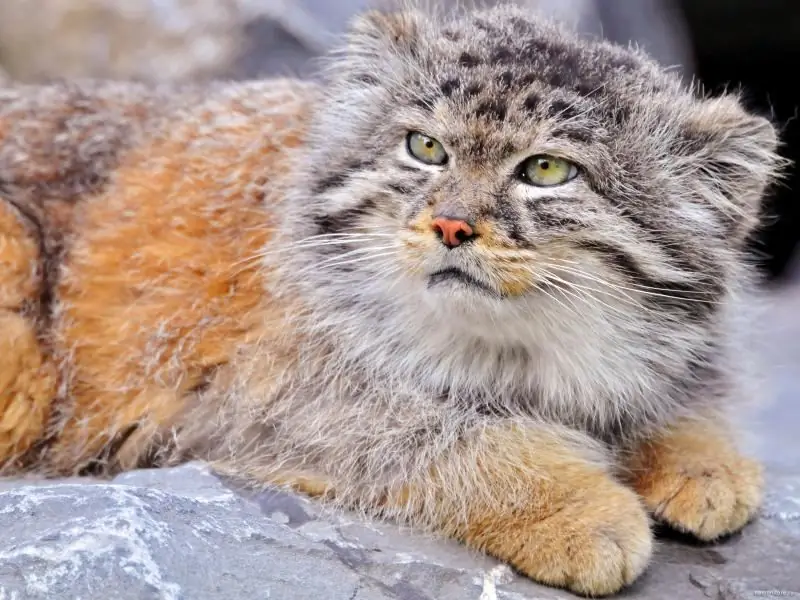
Wild cat manul: a description of the appearance of the animal, its life, character and behavior of the manul in the wild and when kept in captivity. Power features
Velvet Cat: Appearance, Habitat, Behavior And Nutrition, Keeping A Sand Cat At Home, Photo
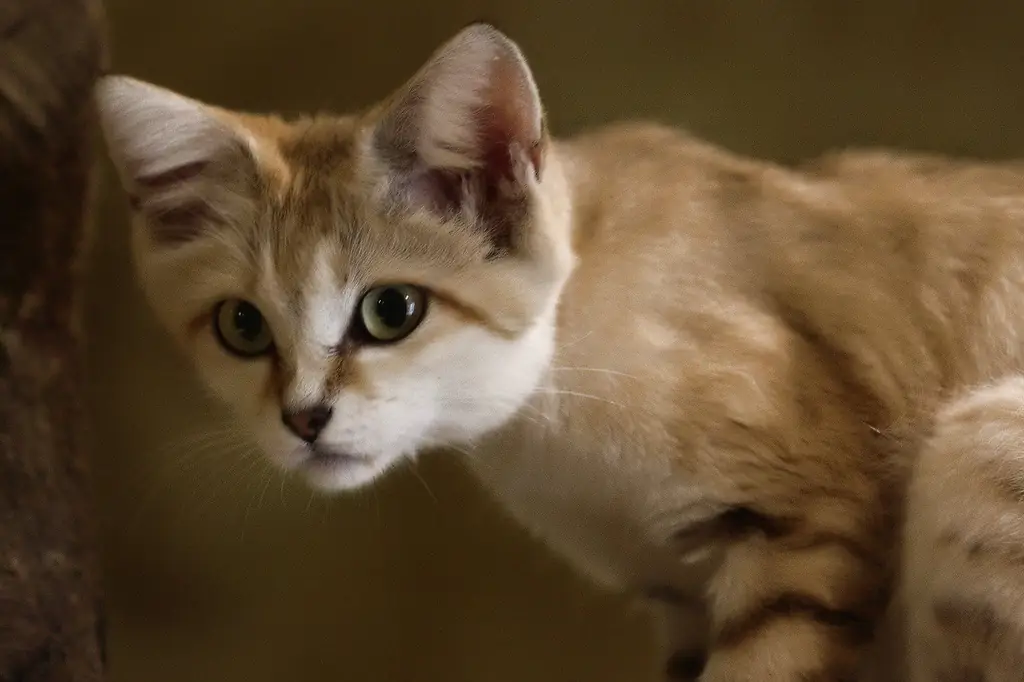
What is a dune cat. Where he lives. What kind of life he leads. Is it possible to domesticate it. How to keep at home. Parenting tips
Grumpy Cat: Reasons For The Unusual Appearance Of A Sad Cat And The History Of The Popularity Of The "grumpy Cat", Photo
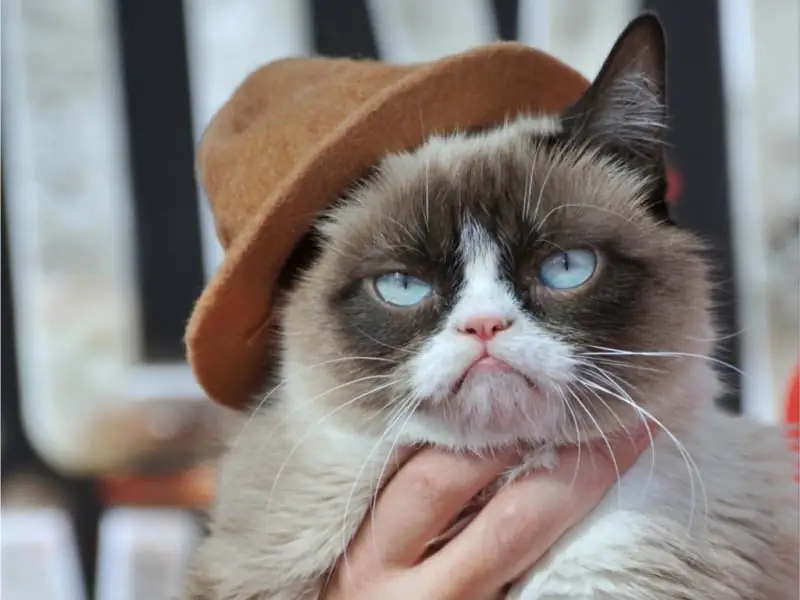
The most popular cat on the Internet Grumpy Cat and her story: how it all began, where it led and what are the reasons for success
Jaguar: Description Of The Appearance Of A Wild Cat, Character, Habitat And Lifestyle, Photo
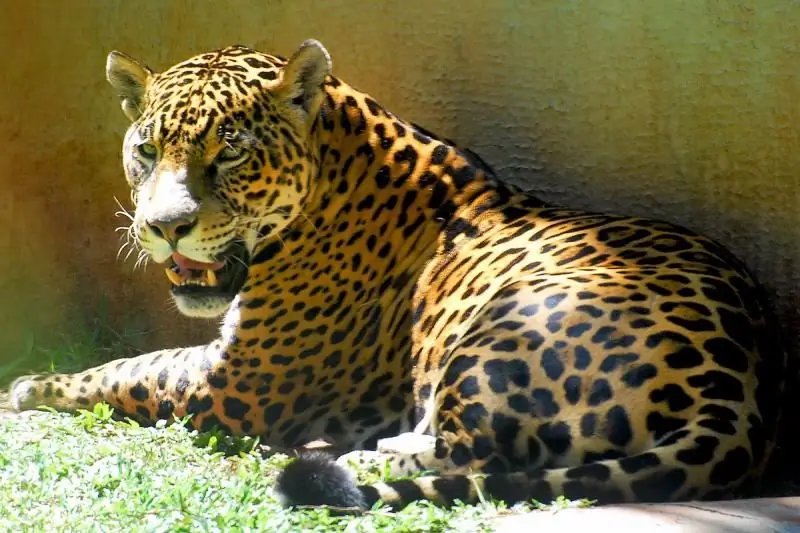
Who is a jaguar. Appearance and character. Habitat. How jaguars eat. Life in captivity
